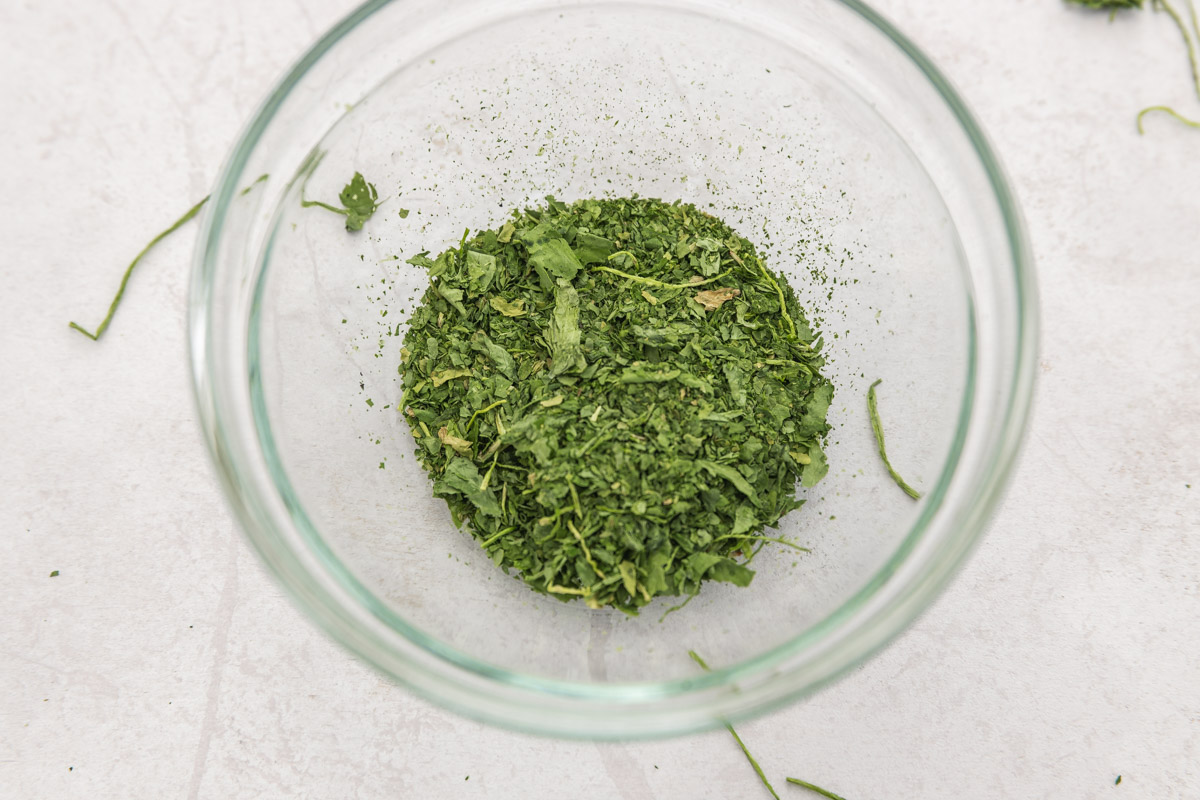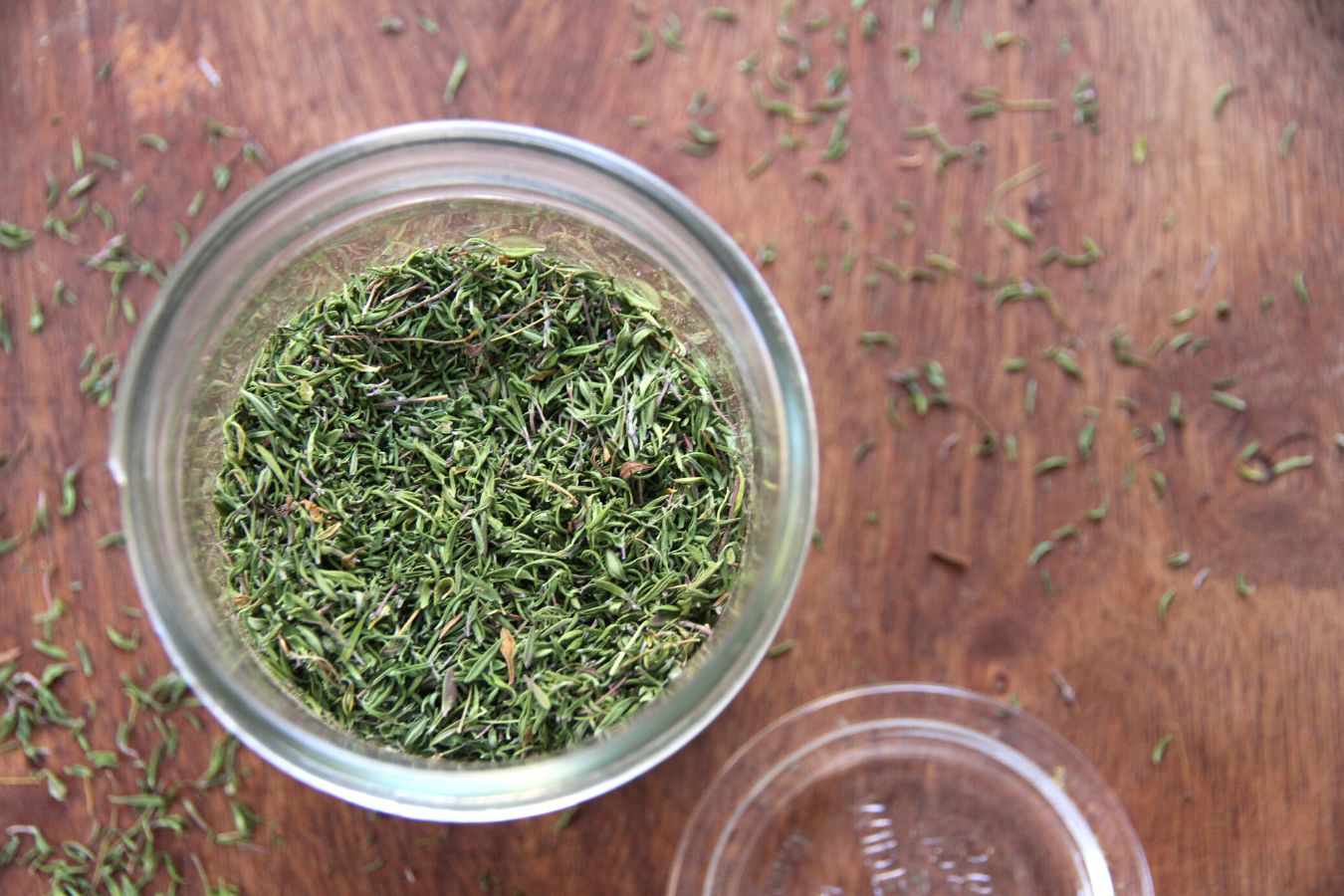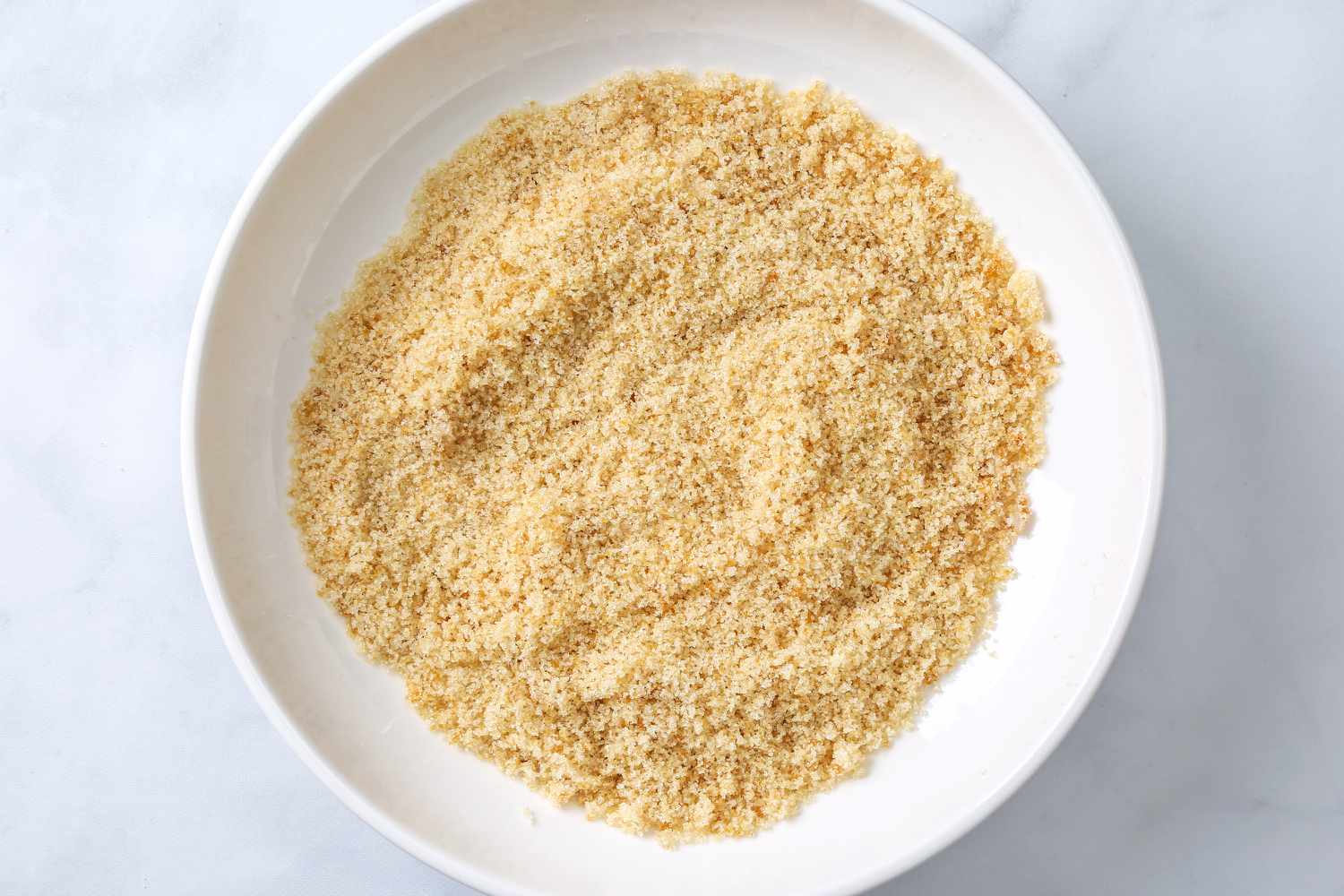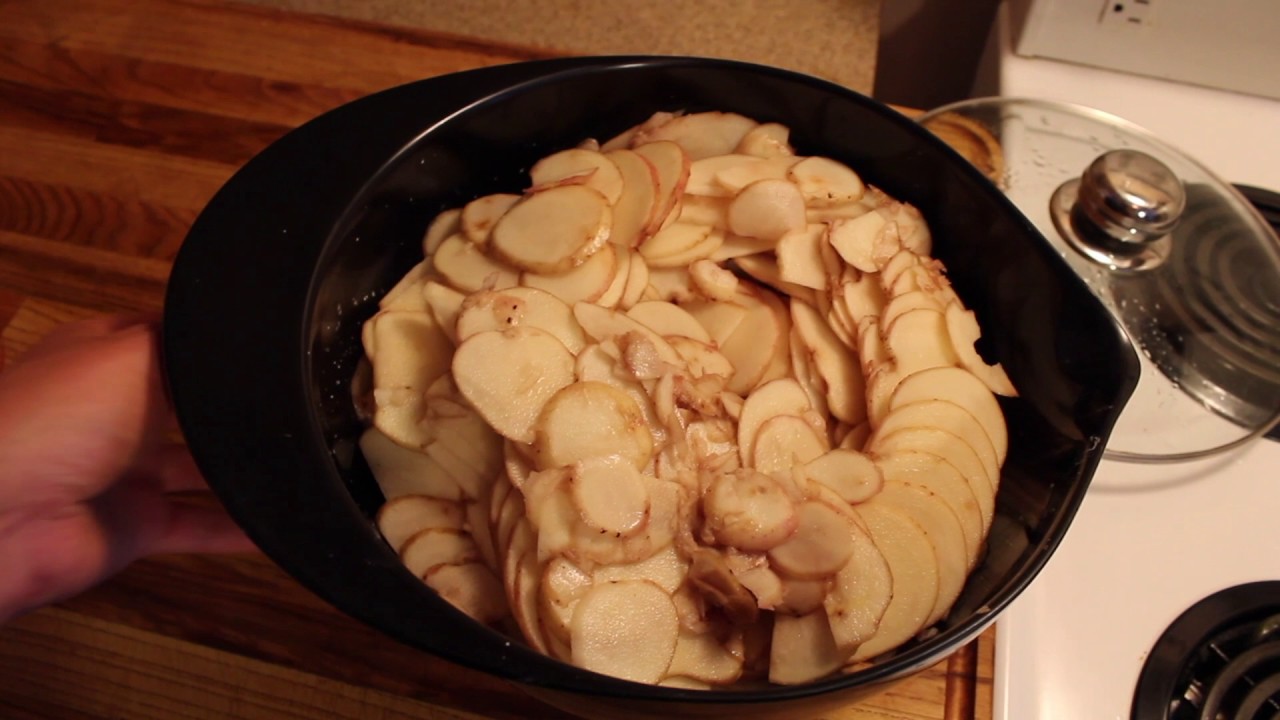Dehydrating Eggplant Made Easy
Welcome to our guide on dehydrating eggplant! Eggplant is a versatile vegetable that can be used in a variety of dishes, and dehydrating it is a great way to preserve it for future use. In this article, we will show you how to dehydrate eggplant quickly and easily, so you can enjoy it year-round.
Why Dehydrate Eggplant?
Dehydrating eggplant is a fantastic way to preserve this delicious vegetable. When properly dehydrated, eggplant can be stored for long periods of time without losing its flavor or nutritional value. Dehydrated eggplant is also incredibly versatile and can be used in a wide range of dishes, from soups and stews to pasta and stir-fries.
How To Dehydrate Eggplant
Dehydrating eggplant is a simple process that can be done with just a few basic tools. Here’s a step-by-step guide to dehydrating eggplant fast:
- Prepare the Eggplant: Start by washing the eggplant and slicing it into thin, uniform slices. The thinner the slices, the faster they will dehydrate.
- Pre-Treat the Slices: To prevent the eggplant from discoloring during the dehydration process, you can pre-treat the slices by soaking them in a solution of water and lemon juice for a few minutes.
- Arrange on Dehydrator Trays: Lay the eggplant slices in a single layer on the dehydrator trays, making sure to leave space between each slice for air circulation.
- Set the Temperature: Set the dehydrator to a temperature of around 135°F (57°C) and allow the eggplant slices to dehydrate for 6-8 hours, or until they are completely dry and crisp.
- Store the Dehydrated Eggplant: Once the eggplant slices are fully dehydrated, allow them to cool before transferring them to an airtight container for storage. Store the dehydrated eggplant in a cool, dark place for optimal shelf life.
Ways to Use Dehydrated Eggplant
Now that you have successfully dehydrated your eggplant, you may be wondering how to use it in your cooking. Here are a few ideas:
- Rehydrate for Soups and Stews: Simply soak the dehydrated eggplant slices in hot water for a few minutes to rehydrate them, then add them to your favorite soups and stews.
- Add to Pasta Dishes: Dehydrated eggplant can be added directly to pasta dishes, where it will rehydrate during the cooking process and add a delicious flavor and texture.
- Make Eggplant Chips: Season the dehydrated eggplant slices with your favorite herbs and spices, then bake them in the oven for a crispy, healthy snack.
Conclusion
Dehydrating eggplant is a simple and effective way to preserve this versatile vegetable for long-term use. By following the steps outlined in this article, you can quickly and easily dehydrate eggplant at home, allowing you to enjoy its delicious flavor and nutritional benefits year-round.
So, next time you come across a bounty of eggplant, consider dehydrating some for future use. You’ll be glad you did!
For those keen on mastering the art of dehydrating eggplant, there are several recipes worth trying. The Dehydrated Eggplant Stir-Fry is a quick and flavorful option, perfect for busy weeknights. If you're in the mood for comfort food, Dehydrated Eggplant Lasagna offers a delightful twist on a classic dish. For a rich and aromatic meal, Dehydrated Eggplant Curry is a must-try, blending spices and textures beautifully. Dehydrated Eggplant Stuffed Peppers make for an impressive and delicious main course, while Dehydrated Eggplant Frittata is ideal for a hearty breakfast or brunch. Finally, Dehydrated Eggplant Tacos bring a unique and tasty variation to taco night. These recipes not only showcase the versatility of dehydrated eggplant but also make meal prep easier and more efficient.
Was this page helpful?
Read Next: How To Dehydrate Peppers With Nuwave Oven










